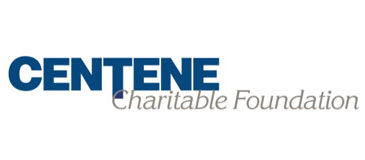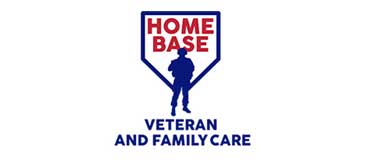TAPS Suicide Postvention ModelTM
The TAPS Suicide Postvention ModelTM, and has since provided hope and healing to tens of thousands of suicide loss survivors. Our three phase model of support stabilizes survivors in the aftermath of a suicide death, guides them onto a health-promoting grief journey, and paves the way for achieving posttraumatic growth.
Phases:
Phase I: Stabilization. Stabilization, the first phase of the model, is the period immediately following the death of your loved one. During these first days, weeks, and months, your emotions are raw, answers are elusive, and the intense grief around the death is seemingly insurmountable. It’s critical in this period to ensure safety and well being for yourself and those you love. During this phase, our trained professionals will conduct a mental health risk assessment for you and refer you to any care you may need. We will also address any trauma you may have experienced in addition to the loss and find support for you if needed. Finally, we will work to identify any and all other suicide-specific issues that might interfere with a healthy grief journey so that you can move ahead with confidence that you will get through this.
Phase II: Grief Work. We grieve because we love. Grief is not a time-limited event with a beginning and an end but a process that will last throughout your life. In Grief Work, the second phase of the model, we intentionally focus on integrating grief into your life in a healthy manner and building a new relationship with the deceased. This phase involves moving away from the manner of death and toward a commemorative posture with regard to your loved one’s life and service. It means folding your grief into your continuing life by finding the right “rhythm.” It’s about forming a new relationship with your loved one, if that’s what you want. We are here to help you through all of that and more.
Phase III: Post-traumatic Growth. Post-traumatic Growth is the final phase. It describes the stage of the grief journey that follows years of intense grief work, when many of the complicating factors around your loss have been resolved or mitigated. Post-traumatic Growth is a reflective and transformational time in your journey, when you’ve set the pace for a life of continued healing, learning, and love. In this phase, you will—we hope—begin to find meaning from the loss, be able to spread a hopeful message of love, loss, and recovery by telling your and your loved one’s story, and, above all, find a new appreciation for your life after loss.
TAPS Suicide Postvention ModelTM is a field-leading, best-practice approach to postvention care for survivors of suicide loss and has been:
-
validated in a large-scale study of 691 TAPS participants and 95 peer mentors.
-
highlighted as the central postvention strategy in the Department of Defense Suicide Postvention toolkit that will be released in October 2019.
-
presented at multiple Tier I conferences.
-
recognized for its international reach.
-
widely disseminated throughout the military and the VA system.
-
nationally disseminated to community-based providers who support the military and veteran communities.
-
funded for further dissemination in a series of courses funded by the NFL Foundation.
To learn more about the TAPS three-part Postvention Model, please contact us at 800-959-8277.
For survivors in need of immediate suicide postvention support, please contact us at 800-959-8277.
Presented by



